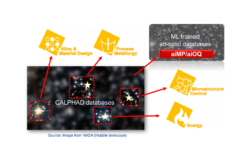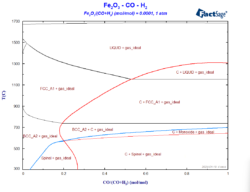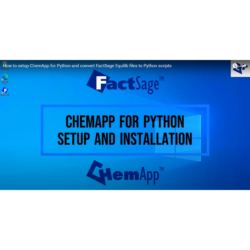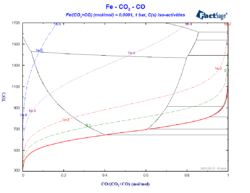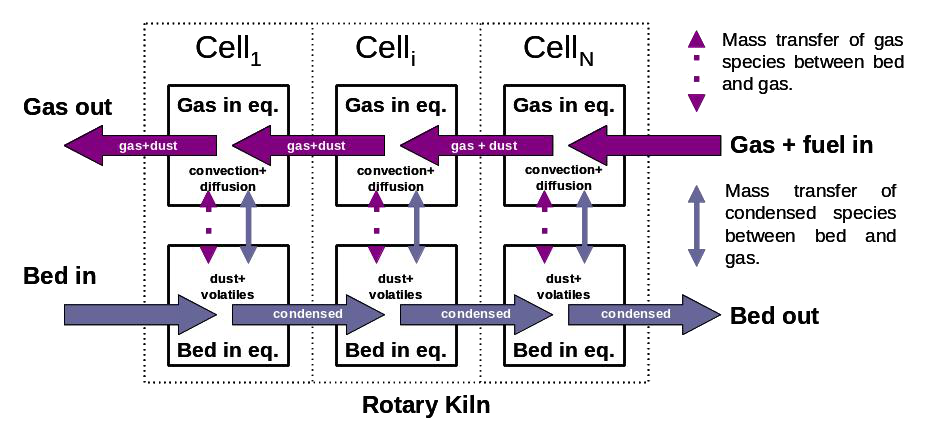Navigating the chemical space: Sustainable metallurgy through materials informatics
How can we accelerate the transformation of the iron and steel industry using materials informatics? Computational thermochemistry is fundamental for the transition to sustainable metallurgy. You need to understand thermodynamics to create process models – or to discover new alloy compositions for advanced engineering applications. We face challenges such as the decarbonization of steel metallurgy […]
Navigating the chemical space: Sustainable metallurgy through materials informatics Read More »

